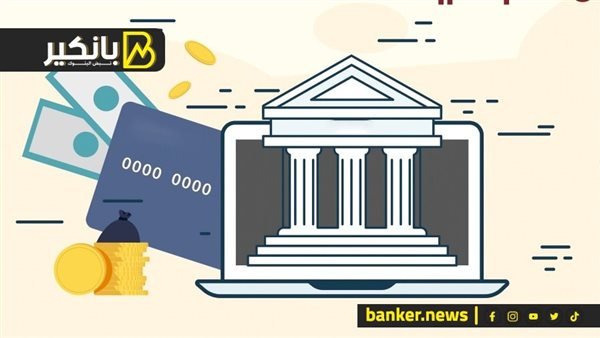
Why do banks bet on savings accounts in particular? What is the biggest advantage that you offer to the bank and the customer at the same time? Could it be the magic solution to control the cost of money with the imminent reduction in interest rates? Let us understand with some details that can change the way you think about saving in banks.
In the recent period, Egyptian banks have begun to bet heavily on savings accounts as one of their most important tools to attract savings and control costs.
Ok, what’s the story? Why these accounts in particular?
The idea is simply that with expectations of interest cuts soon, banks are looking for products that provide quick liquidity and a lower cost compared to long-term certificates that require a commitment to high returns for a long period. Savings accounts offer a double advantage for the customer, as he benefits from very high flexibility in withdrawing and depositing at any time and with… This person keeps earning interest on his money, and for the bank, these accounts provide him with continuous liquidity and ease of controlling the cost of funds according to changes in market prices. This means that when the interest decreases, the bank can easily re-price the interest without being committed to a fixed long-term interest, such as Certificates
Let us look at real examples of some of the savings accounts that banks have offered. United Bank, for example, offers the “Safwa” account with an annual return of up to 30%, but under certain conditions, such as a minimum account balance of 500 thousand pounds. QNB also has a savings plus account with interest ranging from 5% and 23.5% depending on the account balance, and the minimum here is a little less, starting from 20 thousand pounds.. and the Abu Dhabi Islamic Bank receives interest. 25%, but with conditions such as a minimum of 250,000 pounds. The National Bank of Kuwait return can reach 25%, with a minimum of 250,000 pounds to calculate the return.
Every bank tries to compete by offering attractive returns in order to attract a larger segment of customers, but at the same time it tries to control the cost through conditions linked to the account balance or interest disbursement periodicities.
With the expectation of an interest reduction that could reach 12% cumulatively during 2025, according to a Fitch Solutions report, banks need smart solutions to control the cost of funds. Savings accounts and variable-return certificates are an ideal choice here because they are less expensive compared to fixed-return certificates that obligate the bank to pay returns. high for long periods
Banking sources said that the banks’ liabilities and assets departments are currently working on studying whether to repricing the returns on their savings products or maintaining them for a longer period according to the market situation. This is because the cost of funds, liquidity rates and employment levels all play an important role in making these decisions.. and the banks are now targeting Focus on attracting liquidity in the form of current balances or savings accounts because it allows the bank more flexibility and control of its costs
In the end, let me tell you that savings accounts are not just a place where you put your money and forget. It is an important tool that serves the customer and the bank at the same time. The question we can ask is whether banks will continue to raise interest on savings accounts for a long time or will there be a change soon with the expected decrease in interest? ? The coming days will answer all these questions



